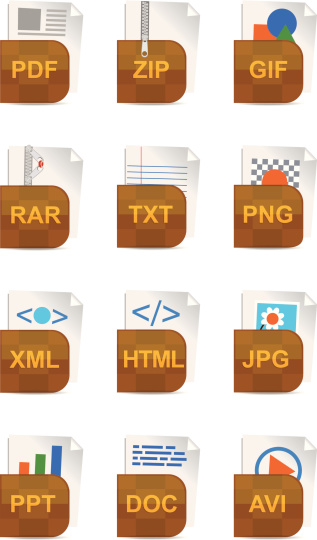
PR Tips | Should you use a JPG, GIF or PNG?
Everyone uses JPG, GIF and PNG files for photos and graphics. But if you’re anything like me, you probably treat them indiscriminately. Well, apparently, there’s a real difference. Having been recently enlightened by our web folks, I’ve decided to pass my newfound knowledge along. Here’s a quick primer on the difference between these common file types.
JPGs are best for complex graphics and photographs. JPGs use a lossy compression technique. I.e., as the file is compressed, the image loses some of its data. Exactly how much data is lost depends on the amount of compression. The JPG format isn’t ideal for text-heavy pictures or simple drawings that don’t have the depth to survive the lossy compression. Such images tend to lose their sharpness and clarity when converted to JPG.
The GIF is a better format for text-based images, iconic graphics (like logos), and drawings with distinctive colors. GIFs use lossless compression. According to Wikipedia, lossless compression “allows the original data to be perfectly reconstructed from the compressed data. By contrast, lossy data compression permits reconstruction only of an approximation of the original data, though this usually allows for improved compression rates (and therefore smaller sized files).”
Also, GIF backgrounds can be set to transparent, so a GIF can be overlaid on another image. JPGs don’t have transparent powers.
Okay, so what, then, is a PNG file?
Well, PNGs are very similar to GIFs, but they’re a little better. First, they aren’t patented. Second, they have some visual advantages. For example, PNGs can display more colors than GIFs, which have a 256-color limit. In short, PNGs are the ideal format for drawings, text-heavy images and iconic graphics.
In a nutshell: JPEGs are great for realistic images like photographs; GIF and PNG files are best for iconic graphics, simple drawings and text-based images.


